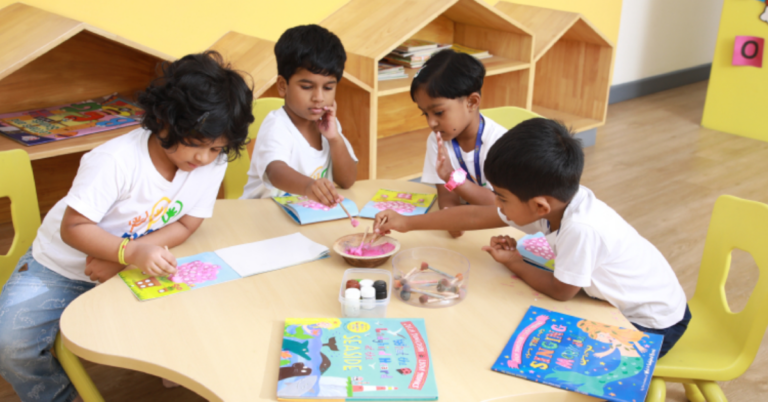Addressing Bias and Equity in Standardized Testing
Standardized testing has long been a contentious topic in the field of education. The presence of bias in these tests has been a growing concern for educators, policymakers, and students alike. The inaccuracy of these tests in evaluating the true abilities and potential of all students can have far-reaching implications on their academic and professional futures.
The inherent bias in standardized testing can manifest in various forms, including cultural, socioeconomic, and linguistic biases. These biases can disadvantage certain groups of students, leading to unequal opportunities in education and beyond. As a result, there is a growing call for more inclusive and equitable assessment methods to ensure that all students are able to demonstrate their knowledge and skills accurately.
Impact of Bias on Test Scores
Bias in standardized testing significantly impacts test scores. When tests are biased towards certain groups or demographics, it creates an unfair advantage for some test-takers while putting others at a disadvantage. This can result in inaccurate evaluations of a student’s abilities and potential, leading to skewed test scores that may not reflect their true capabilities.
Furthermore, bias in testing can perpetuate inequalities in educational opportunities and outcomes. When certain groups consistently receive lower test scores due to biased testing practices, it can contribute to a cycle of underachievement and limited opportunities. Addressing and mitigating bias in standardized testing is crucial in ensuring fair and accurate assessments that support all students in reaching their full academic potential.
Factors Contributing to Bias in Testing
Standardized testing has long been criticized for its inherent biases, with various factors contributing to these disparities. One major factor is the cultural bias present in the test content itself. Many standardized tests are developed from a predominantly Western perspective, which can disadvantage students from other cultural backgrounds who may not be as familiar with the examples or context presented in the questions.
Another factor that contributes to bias in standardized testing is socioeconomic status. Students from lower-income households may not have access to the same resources, such as test prep materials or tutoring, as their wealthier counterparts. This can create a disparity in test scores that is not reflective of the students’ actual abilities but rather their access to resources.
What is bias in standardized testing?
Bias in standardized testing refers to the unfair advantage or disadvantage experienced by certain groups of test takers due to factors unrelated to the content being tested.
How does bias impact test scores?
Bias can negatively impact test scores by creating an unfair advantage for some test takers while putting others at a disadvantage. This can lead to inaccurate representations of a test taker’s true abilities.
What are some factors contributing to bias in testing?
Factors contributing to bias in testing can include cultural differences, language barriers, socioeconomic status, and the lack of diversity in test development and validation processes. These factors can influence the validity and reliability of test results.







